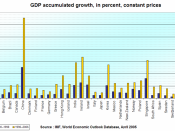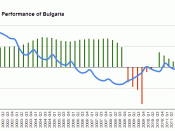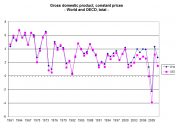The study of economics has become more prevalent in recent days due to the plight of the current economy. "Macroeconomics is concerned primarily with the forecasting of national income through the analysis of major economic factors that show predictable patterns and trends, and of their influence on one another" (BusinessDictionary.com, 2009). This paper focuses on the macroeconomic forecasts prepared by the Federal Reserve Bank (FRB), the Mortgage Banker Association (MBA) and the National Association of Realtors (NAR). The economic indicators analyzed are inflation, interest rates, unemployment rates, and Gross Domestic Product (GDP). Included in the focus will be the comparison and contrast of the indicators, the relationship among the forecasts and the implications on organizations' operations over the next two years.
Economic forecasts are derived using a wide range of modeling and statistical techniques. Quite often, the data used while imputing these models vary, therefore a forecaster will achieve different results.
For example, the FRB uses data from a panel of industry experts and uses the results to create a forecast based on the average of the data. This technique has its merits, but also receives some criticism as the resulting forecast may be a figure(s) that no panelist predicted. The Mortgage Bankers Association (MBA) and the National Association of Realtor (NAR) collect data sets based on their industry information. The two financial institutions then compare the results with historical data to create an economic forecast. This technique is similar to the Federal Reserve's method in that it takes data from industry insiders, but is less subjective because it takes just one set of figures to create a model.
The FRB was founded by Congress in 1913 and is the central bank of the United States (BGFRS, 2008). Initially, the FRB was responsible for providing the United States "with...


